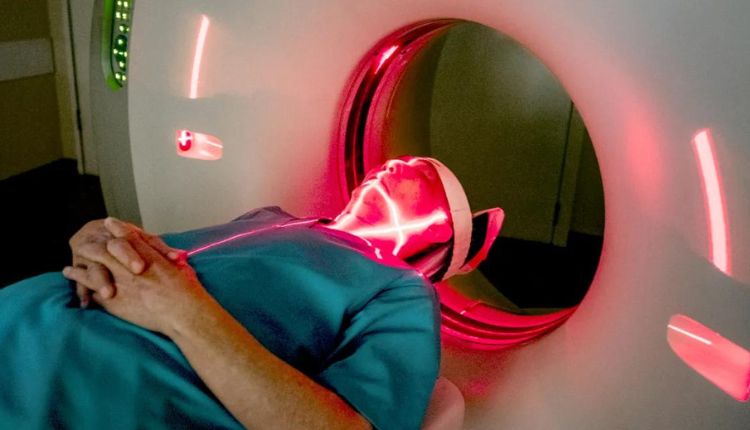A CT Scan is a computer scan that uses X-rays to create detailed cross-sectional images of your bones, soft tissues, blood vessels and internal organs. A radiologist interprets the pictures and sends them to your doctor or surgeon. A CT scan can help your doctor find bone fractures, cancers, and blood clots. It can also be used to guide medical procedures like biopsy or surgery.
What is CT?
A CT Scan 電腦掃描 is a diagnostic imaging procedure that uses X-rays and computer technology to produce detailed images of the inside of your body. It can be used to see a wide range of diseases and problems. CT scans use a series of X-rays to create cross-sectional or tomographic (three-dimensional) images. These images are then analyzed by a computer to provide more information about your internal organs and structures than traditional X-rays can.
The x-rays are produced by a special machine called a CT scanner. During the scan, many x-ray beams rotate arohttps://hkai-medical.com/service/ct/und you while a set of electronic x-ray detectors record the radiation your body absorbs. A CT scan can be done in an outpatient facility or a hospital. You may be asked to put on a gown and remove all jewelry because metal can interfere with the imaging. You will also be given a locker to lock up your personal belongings while the scan is being performed.
CT Surgeons
A CT Scan is a computer scan that uses X-rays to create detailed three-dimensional images of your body. It may be used to diagnose tumors or to check for internal bleeding. The X-ray beam moves in a circle around your body, so you get many different views of the same part of your body. The resulting CT images are very detailed and can be made into three-dimensional models of the organs, tissues and bones.
However, CT scans do expose you to a lot of radiation. That’s because the X-rays are very powerful and can damage the DNA in your cells, which increases the chance that they will become cancerous. To help protect the patient from the risk of ionizing radiation, medical physicists use several methods to estimate effective dose for CT examinations. Two are commonly used: ICRP published estimates of organ doses and tissue-weighting factors, and computationally simpler methods that are based on the dose-length product (DLP) and DLP to E conversion coefficient (“k”). This information can be used to ensure that the proper radiation doses are being delivered.
CT Radiation Dose
Computed tomography (CT) uses radiation, but the risk of developing cancer from CT is very low. The scan provides valuable information about your health that outweighs the short-term risks of radiation exposure. Radiation doses from X-ray and CT exams vary depending on the exam, but they are generally similar to the amounts of radiation your body absorbs from natural sources. For example, a CT scan may have about 1-14 millisieverts of radiation, or the amount of exposure that would take you 14 years to absorb from your environment.
Dose reduction techniques are used to reduce the radiation dose of a CT exam. These techniques involve adjusting the technical parameters of a CT scanner so that patients receive less radiation than they would from an X-ray, ultrasound or other diagnostic exam.
CT Procedures
CT Scan 電腦掃描 are one of the most important diagnostic tools in use worldwide. They allow doctors to visualize organs, bone and blood vessels in great detail. During the procedure, you lie on a table that goes into a large doughnut-shaped scanner. This machine rotates around the area being scanned, generating multiple slices that are then stacked by the computer.
Your doctor or radiologist uses this information to see what is going on inside you and determine the best treatment for your condition. This is especially helpful for diagnosing cancer, heart disease, infection, trauma, muscle and bone disorders and other medical issues. During the CT Scan, your body is covered with a gown and held in place by straps and pillows. Certain exams may require oral contrast preparation or intravenous (IV) contrast dye to better visualize certain tissues.
More Words
A CT Scan is a quick and painless test that uses X-ray technology to take detailed pictures of your body. It’s mostly safe, but there are a few risks like having a reaction to the contrast dye used. During the scan, you’ll lie on a special table and be hooked up to an IV. The IV will be filled with contrast dye, which helps to show up certain body tissues more clearly on the CT scan.
